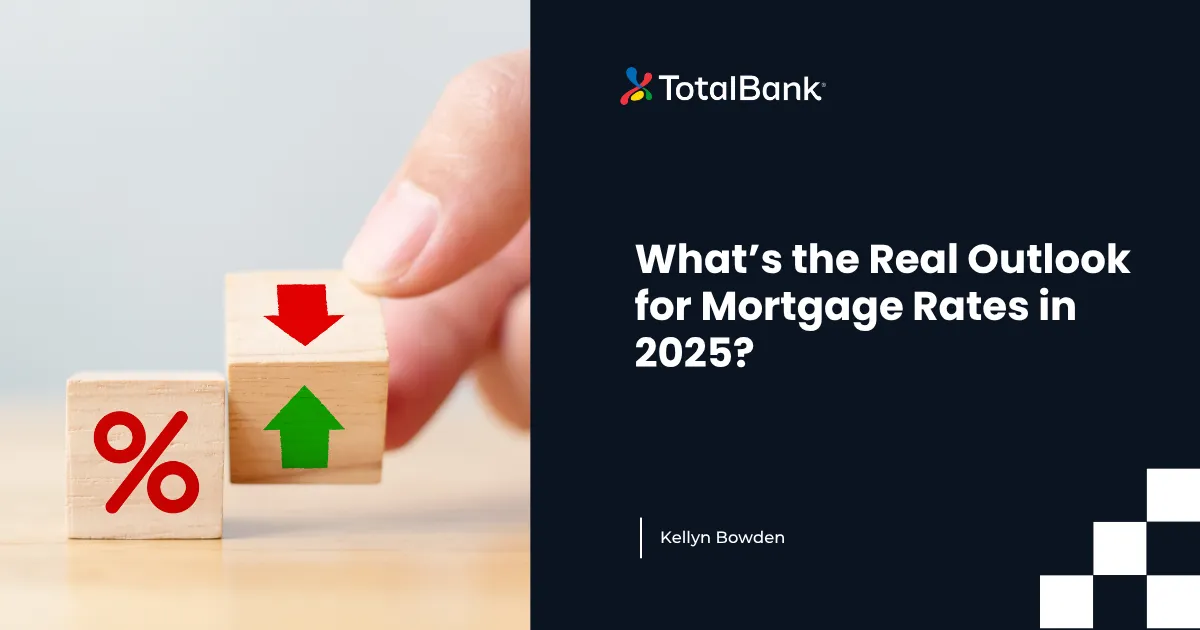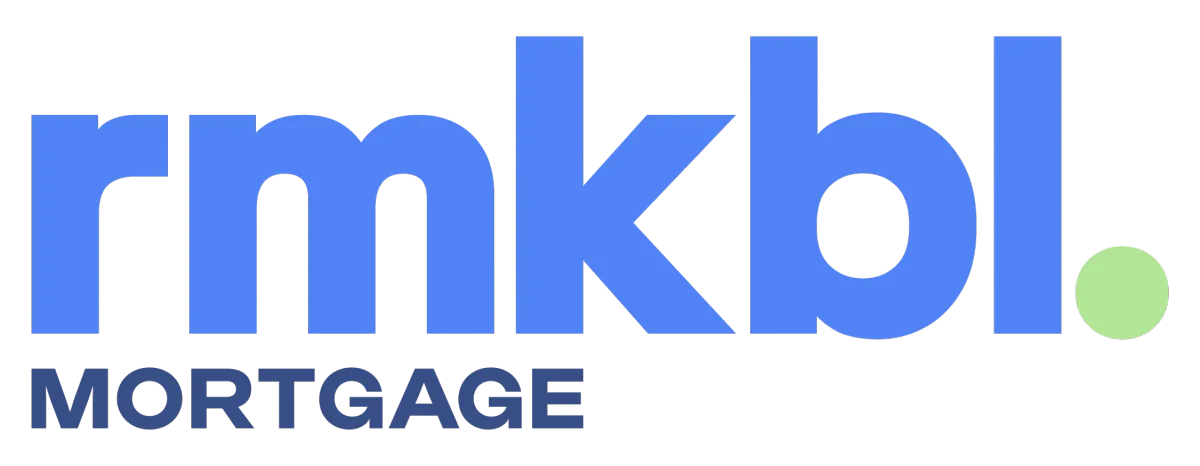
What’s the Real Outlook for Mortgage Rates in 2025
If you're wondering whether the new housing policies announced over the past year are actually helping buyers—you’re not alone. Between tax credits, down payment assistance programs, and affordability reforms, there’s been a flurry of headlines. But what’s the real impact?
Let’s unpack what’s changed in 2025 and whether it’s truly helping first-time buyers, renters, and struggling homeowners get ahead.
1. A Big Push for Affordability
One of the most talked-about efforts in 2025 is the continued push to increase housing affordability. The Biden administration’s Housing Supply Action Plan, which launched in 2022, is still being rolled out. The goal? Close the supply gap and bring 2 to 3 million more affordable homes to market over the next decade.
In 2025, additional funding and grants have been made available to state and local governments to:
Convert vacant commercial buildings into housing
Speed up zoning and permitting processes
Fund affordable multifamily developments
According to HUD, this is starting to make a dent in areas like Phoenix, Austin, and Charlotte—but supply is still short in many parts of the country.
2. First-Time Buyer Programs Are Expanding
Federal and state governments have continued expanding down payment assistance and tax credits to support first-time homebuyers.
Highlights include:
$10,000 First-Generation Homebuyer Tax Credit (pending final Congressional approval)
Expanded access to FHA and USDA loans for lower-income households
Local programs like California’s Dream for All or New York’s SONYMA programs have received renewed funding
These programs are helping some buyers bridge the gap, but as Urban Institute notes, many still struggle with rising home prices and stiff competition in low-inventory markets.
3. Renters Are Getting Some Relief
Renter protection laws and affordability measures are gaining momentum in major metros.
For example:
Oregon and California have statewide rent caps in place (National Low Income Housing Coalition)
Cities like Minneapolis and St. Paul have adopted rent stabilization ordinances
New HUD initiatives provide housing vouchers to more renters and invest in public housing modernization
While these policies help slow down extreme rent hikes, they don't solve the root issue: we simply don’t have enough housing. According to a 2024 report from the Joint Center for Housing Studies at Harvard, the U.S. is still short about 4.3 million homes.
4. A Shift in Credit Reporting and Lending Criteria
Fannie Mae and Freddie Mac are now testing updates to how rent payments and BNPL (Buy Now, Pay Later) debt factor into loan approvals. This could expand access to credit for buyers who have steady cash flow but limited traditional credit histories.
But—there’s a catch.
If these new data points are included in your debt-to-income ratio, it could work against you if you're already financially stretched. As Consumer Financial Protection Bureau warns, some BNPL services may actually hurt home loan approvals when not used carefully.
5. So, Is It Working?
Yes—and no.
Here’s the reality:
Some buyers are getting help from expanded assistance programs and better access to FHA loans.
Some renters are benefiting from more stable pricing and support vouchers.
Some communities are seeing more construction and better zoning rules.
But at a national level? Prices are still high, inventory is still low, and competition is fierce. For many would-be homeowners, the help is appreciated—but it’s not always enough.
The Bottom Line
New housing policies in 2025 are making an impact—but not everywhere, and not equally. If you're hoping to buy your first home or finally get out of the rental cycle, it’s more important than ever to understand what local, state, and national programs you might qualify for.
Working with a loan expert who knows how to navigate these updates can make the difference between getting stuck—and getting approved.
Let me know when you’re ready for the next one!


